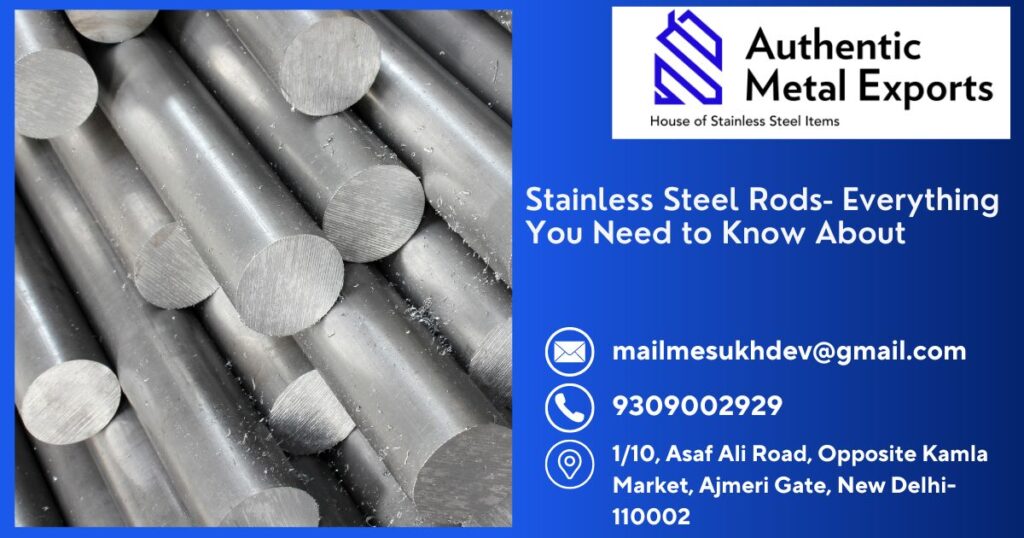The primary difference between stainless steel 304 and 316 is their chemical composition. To be specific, stainless steel 304 is made up of 18% chromium and 8% nickel, whereas stainless steel 316 comprises 16% chromium, 10% nickel, and 2% molybdenum.
Molybdenum is a key element that provides extra corrosion resistance, making stainless steel 316 more suitable for harsh environments such as marine applications.
Both stainless steel 304 and 316 are highly corrosion-resistant, but stainless steel 316 offers superior resistance to corrosion in more aggressive environments. The addition of molybdenum in stainless steel 316 makes it more resistant to corrosion caused by chloride solutions, such as saltwater and acidic chemicals. Stainless steel 316 is therefore a popular choice for applications in the marine, chemical, and pharmaceutical industries.
Stainless steel 316 is stronger and more durable than stainless steel 304. The addition of molybdenum in stainless steel 316 improves its strength and durability, making it more resistant to pitting and crevice corrosion.
This makes stainless steel 316 a better choice for applications that require higher strength and durability, such as construction, aerospace, and automotive industries.
Stainless steel 316 is also more resistant to thermal shock and can withstand rapid changes in temperature, making it a popular choice for applications such as heat exchangers, boilers, and chemical processing equipment.
Both stainless steel 304 and 316 have a similar appearance, but stainless steel 316 has a slightly more polished finish. This makes it a popular choice for architectural and decorative applications, such as handrails, sculptures, and kitchen appliances.
Stainless steel 304 is generally less expensive than stainless steel 316. This is because stainless steel 316 contains additional elements such as molybdenum, which is a more expensive alloying element.
However, the cost difference may be negligible depending on the application and the specific grade of stainless steel used.
In summary, both stainless steel 304 and 316 are excellent choices for a wide range of applications, but they differ in composition, corrosion resistance, strength and durability, heat resistance, aesthetic appeal, and cost.
When choosing which type of stainless steel to use, it is important to consider the specific requirements of your application and weigh the advantages and disadvantages of each type of stainless steel.






